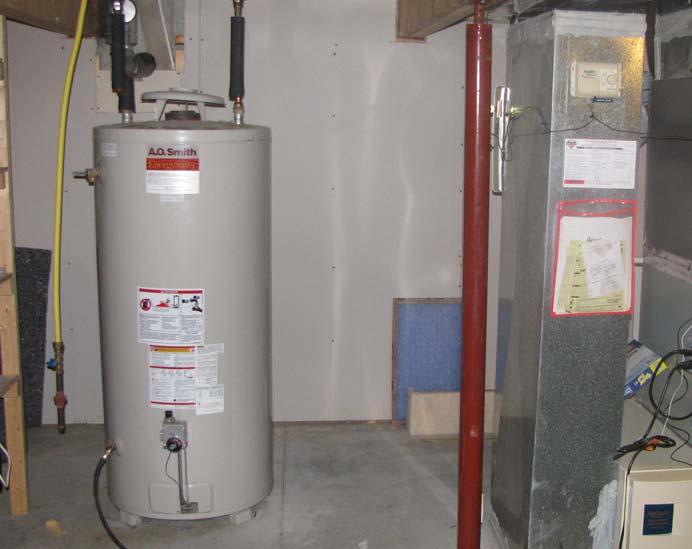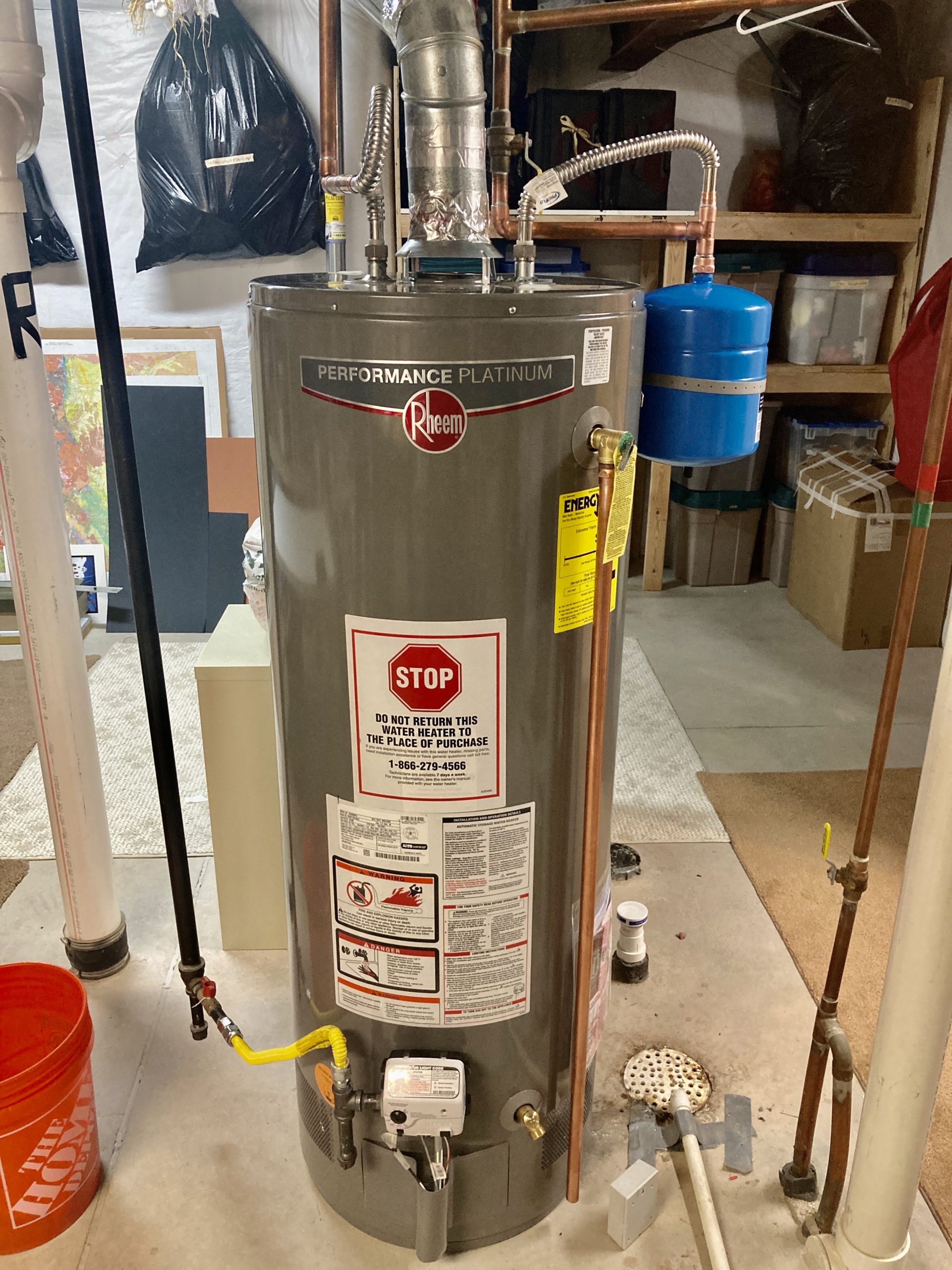Expert Advice for Maintaining Your Home's Hot Water SystemStep-by-Step Steps to Caring for Your Home's Hot Water System
Expert Advice for Maintaining Your Home's Hot Water SystemStep-by-Step Steps to Caring for Your Home's Hot Water System
Blog Article
Right here below you'll find some professional answers in relation to What Kind of Maintenance Do Water Heaters Need?.

Hot water is essential for day-to-day comfort, whether it's for a rejuvenating shower or cleaning dishes. To guarantee your hot water system runs successfully and lasts longer, regular upkeep is key. This short article provides functional tips and insights on just how to preserve your home's warm water system to prevent disturbances and costly repair services.
Introduction
Preserving your home's hot water system may appear challenging, yet with a few easy actions, you can guarantee it operates smoothly for several years to find. This guide covers whatever from understanding your hot water system to do it yourself upkeep suggestions and understanding when to contact professional help.
Relevance of Keeping Your Hot Water System
Normal upkeep not only prolongs the life-span of your warm water system but likewise ensures it runs efficiently. Overlooking upkeep can cause decreased efficiency, higher power costs, and even premature failing of the system.
Indicators Your Hot Water System Requirements Upkeep
Recognizing when your hot water system needs interest can protect against major issues. Watch out for signs such as inconsistent water temperature, unusual sounds from the heating system, or rustic water.
Recognizing Your Hot Water System
Prior to diving into maintenance tasks, it's practical to recognize the standard parts of your hot water system. Generally, this includes the water heater itself, pipes, anode poles, and temperature controls.
Monthly Maintenance Tasks
Routine month-to-month checks can aid capture small problems before they escalate.
Flushing the Water Heater
Purging your water heater removes debris build-up, boosting performance and lengthening its life.
Monitoring and Replacing Anode Rods
Anode rods avoid corrosion inside the container. Evaluating and changing them when broken is critical.
Examining and Changing Temperature Settings
Adjusting the temperature setups makes certain optimum efficiency and safety and security.
DIY Tips for Maintenance
You can carry out several maintenance tasks on your own to keep your hot water system in top problem.
Checking for Leaks
Consistently evaluate pipelines and links for leaks, as these can lead to water damages and greater expenses.
Evaluating Pressure Alleviation Valves
Checking the pressure safety valve ensures it works correctly and prevents too much stress accumulation.
Insulating Pipes
Shielding hot water pipes reduces warmth loss and can conserve energy.
When to Call a Professional
While do it yourself upkeep is advantageous, some issues call for expert knowledge.
Complex Concerns Needing Professional Assistance
Examples consist of major leakages, electrical issues, or if your water heater is constantly underperforming.
Regular Professional Upkeep Advantages
Specialist maintenance can consist of comprehensive assessments, tune-ups, and ensuring compliance with security standards.
Final thought
Normal maintenance of your home's warm water system is necessary for efficiency, durability, and price savings. By adhering to these tips and understanding when to look for professional help, you can guarantee a trustworthy supply of hot water without unforeseen disturbances.
How to Maintain an Instant Hot Water Heater
Before tinkering with your hot water heater, make sure that it’s not powered on. You also have to turn off the main circuit breaker and shut off the main gas line to prevent accidents. Also turn off the water valves connected to your unit to prevent water from flowing into and out of the appliance. 2. When you’re done, you have to detach the purge valves’ caps. These look like the letter “T” and are situated on either side of the water valves. Doing so will release any pressure that has accumulated inside the valves while at the same time avoid hot water from shooting out and burning your skin. 3. When the purge valves’ caps are removed, you have to connect your hosing lines to the valves. Your unit should have come with three hoses but if it didn’t, you can purchase these things from any hardware or home repair shops. You can also get them from retail stores that sell water heating systems. Read the user’s manual and follow it to complete this task properly. When the hosing lines are connected, open the purge port’s valves. 4. You should never use harsh chemical cleaners or solutions when cleaning your unit. Make use of white vinegar instead. It should be undiluted and you’ll probably use about 2 gallons. 5. Now flush your water heater. This task should probably take about 40 minutes. We can’t give you specific directions for this because the procedure is carried out depending on the type, model and brand of your heater. With that being said, refer to the user’s manual. 6. When you’re done draining the unit, you have to turn off the purge port valves again. Remove the hosing lines that you earlier installed on each of the water valves. Put the valve caps (purge port) back in their respective places and be very careful so as not to damage the rubber discs that are found inside these caps. 7. Now that everything’s back in place, check your user’s manual again to find out how to reactivate your water heating system. 8. Once it is working, turn one of your hot water faucets on just to let air pass through the heater’s water supply pipes. Leave the tap on until water flows smoothly out of it. https://www.orrplumbing.com/blog/2014/september/how-to-maintain-an-instant-hot-water-heater/

We had been shown that article about How to Maintain a Hot Water Heater in a Few Simple Steps from an associate on our other website. Enjoyed our review? Please share it. Help another person find it. I cherish your readership.
Visit The Following Page Report this page